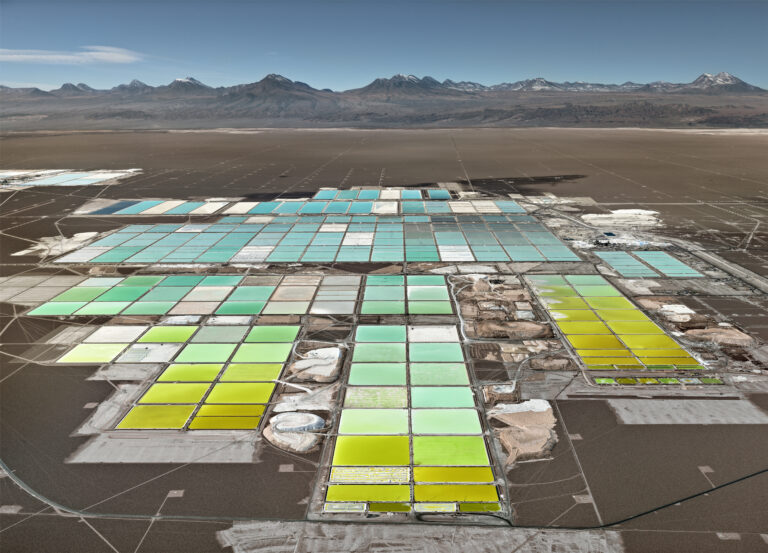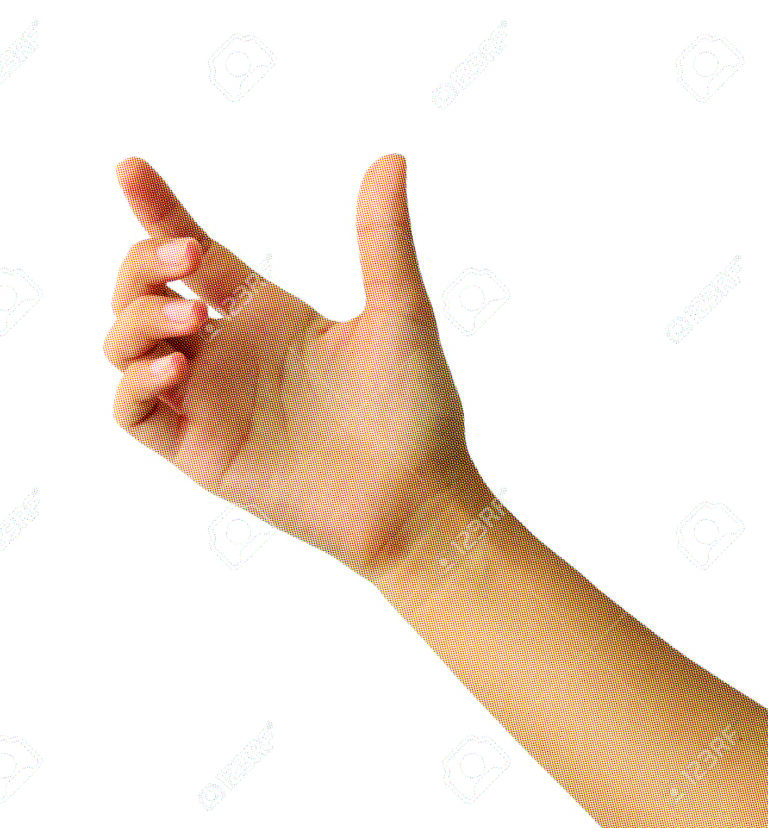
19 APRIL - 31 OCTOBER 2024
Julia Chamberlain, Touch Archive (Listening to Voicemail, Checking Calendar, Reading Map), 2015
© Julia Chamberlain, On loan from artist
The World in My Hand
The World in My Hand explores the smartphone as both object and aesthetic inspiration for artistic creation. It comments on public debates surrounding the many uses of smartphones: from always-on media consumption to digital detox, from swiping and matching to ghosting and blocking, from language atrophy to information overload, from resource depletion to status symbol.
Most of the exhibits are loans from around the world. Four works come from the Foundation’s own collection (Erwin Eisch’s sculptures Daumen, Windlicht as well as Alejandra Seeber’s Speech Bubbles and Ariane Forkel’s Casanovas Kabinett). Two part-glass sculptures were purchased especially for the exhibition (Jeffrey Sarmiento’s Encyclopaedia Warp and Shige Fujishiro’s McDonald’s – BurgerKing).
Exhibition venue
BlackBox
Georg-Muche-Str. 4
80807 Munich
Opening hours
Sunday–Thursday, 12–6 pm, closed on holidays

Exhibition view The World in My Hand, Alexander Tutsek-Stiftung, München, with works by Rebecca Ruchti, Julian Opie, Edward Burtynsky and Aram Bartholl
© VG Bild-Kunst, Bonn 2024, Foto: NOSHE

Exhibition view The World in My Hand, Alexander Tutsek-Stiftung, München, with works by Julija Pociūtė, Ariane Forkel, Zeller & Moye and Katie Paterson and Rebecca Ruchti
© VG Bild-Kunst, Bonn 2024, Foto: NOSHE
The curators, Dr Jörg Garbrecht and Katharina Wenkler, have chosen a narrative approach to the exhibition. In eight chapters, they summarize various aspects and debates surrounding the smartphone, ranging from the launch date of our daily digital companion to its characteristic touchscreen and the contractions of time and space it enables. Deeply personal moments – such as Ai Weiwei’s selfie at the moment of his arrest or Sergey Melnitchenko’s photograph of his son during a blackout in Kyiv – appear alongside themes of perception and presentation of the self, as realized in the glass sculpture Stability by Julija Pociūtė. Other subjects include: looking for love online, as in Ariane Forkel’s Casanova’s Kabinett or John Yuyi’s Tinder Match; the complexities and pitfalls of digital communication, for example in the works of James Akers or Alejandra Seeber; and the smartphone as a means of staying in touch during pandemic lockdown isolation, for instance in the work of George McLeod. Edward Burtynsky’s photograph of lithium mines in the Atacama Desert calls attention to the topic of raw materials for electronic devices.
The exhibition design, created by Berlin architects Ester Bruzkus Architekten, consists of eight themed rooms along a central axis. This arrangement recalls the origins of public art exhibitions in historic palaces, while the translucent wall coverings reference contemporary art installations such as those by Robert Irwin or Do Ho Suh.
By playing with the geometry of the space and materials specifically designed for the exhibition, the architecture offers visitors to the BlackBox a new and unique exhibition space and experience.
The exhibition is accompanied by a publication designed to resemble the former household item known as the telephone directory or “phone book” for short. Six writers have been invited to give us their expert take on the smartphone from the perspective of their respective fields. The book also includes a foreword by Dr Eva-Maria Fahrner-Tutsek and essays by Dr Jörg Garbrecht, and the exhibition designers Ester Bruzkus and Peter Greenberg.
With works by:
Tornike Abuladze
James Akers
Ai Weiwei
Kate Baker
Aram Bartholl
Tillie Burden
Edward Burtynsky
Yvon Chabrowski
Julia Chamberlain
Rachel Daeng Ngalle
Erwin Eisch
Ariane Forkel
Shige Fujishiro
Valentin Goppel
David Horvitz
Artem Humilevskyi
Gudrun Kemsa
Zsuzsanna Kóródi
Brigitte Kowanz
George McLeod
Sergey Melnitchenko
Jonas Noël Niedermann
Julian Opie
Cornelia Parker
Katie Paterson mit Zeller & Moye
Julija Pociūtė
Rebecca Ruchti
Karin Sander
Jeffrey Sarmiento
Alejandra Seeber
JanHein van Stiphout
Jolita Vaitkute
Sascha Weidner
John Yuyi
Jeff Zimmer







